Kylie triumphs at Glastonbury in the legends slot
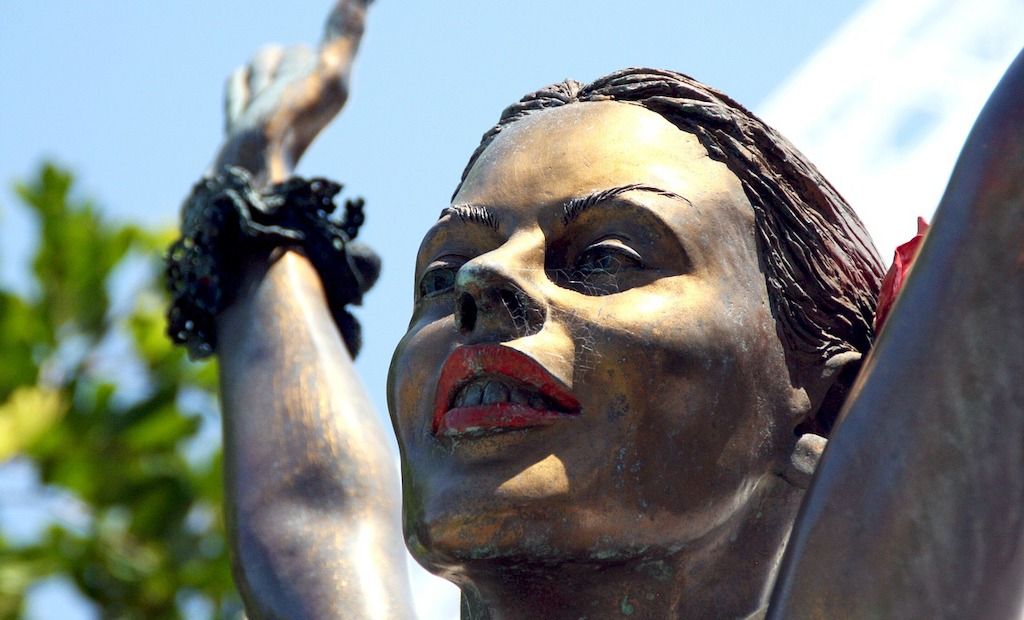
The creation of the legends slot at Glastonbury has been something of a happy accident both for the festival and the people who attend it. There’s some debate as to who was responsible for starting the tradition – some say it was Tom Jones in 1992, but the majority go with Johnny Cash in 1994. Jones came first, but he was still considered to be “a big deal” when he played. Cash was the first to experience the transformative effects that playing the Sunday afternoon slot can bring. He was a 60-something forgotten man when he took the stage that afternoon at Worthy Farm. By the time he walked off again, he was a man restored. The man in black was back, and the subsequent sales of his American Recordings album proved it.
Since Cash, many great names from music’s past have queued up to perform on the hallowed Sunday afternoon, in the hope of receiving a similar boost. More often than not, it works. Lionel Richie was visibly astonished by the reception he received when he played in 2015. James Brown, Ray Davies, Neil Diamond, and Shirley Bassey have all testified to the other-worldly experience of walking out on the Pyramid Stage to be greeted by more than one hundred thousand people. The legends slot is now one of the highlights of the whole weekend. Both on the ground and on television, it routinely attracts the largest audience.
When it comes to how rewarding it is for the artists who play there, there might not be a better word to describe the scheduled appearance than as a “slot”, a bit like the popular online mobile slot. Dolly Parton, herself a legends slot performer in 2014, even released an official mobile game the same year she appeared here. For the legends, landing this slot and performing well can take a flagging career and turn it around. It’s life-changing.
This year, it was the turn of Kylie Minogue – and she nailed it.
Drawn by Destiny
It shouldn’t have taken a legends slot appearance to get the Australian pop princess to Glastonbury. She was supposed to perform a headline slot at the festival back in 2005, but fate had different ideas for her. A cancer diagnosis meant that she had to cancel the performance – which would have undoubtedly been one of the highlights of her career – and focus on fighting for her life. That year, party-goers carried Kylie flags around the site. Other bands and performers played Kylie songs in tribute. She was remembered, but she wasn’t there.
It took 14 years, but she made it. When she took the stage, it wasn’t just a performance, it was a redemption. It was one of pop music’s most resilient and persistent performers finally getting the spotlight moment that had been cruelly denied to her over a decade earlier, and the audience welcomed her like a hero. Unsurprisingly, she was moved to tears. So were many in the crowd, and those watching at home.
Timeless classics
To make a success out of winning over Glastonbury on Sunday afternoon, you have to bring more than just a big name with you. Paul Simon (albeit ill during his set) found that out to his cost during his performance here, as did Van Morrison. Crowds will turn up to see a famous name, but they’ll only stick around and engage with the set if they know the material. Having one or two big hits isn’t enough – to capture the attention of an audience which ranges from newborn children to 80-year-olds, you need to have been relevant for decades. Kylie doesn’t have any issues there.
For those in the audience who were teenagers in the 1980s, there was I Should Be So Lucky, Especially for You and Hand on My Heart. Fans who preferred Kylie for her slightly indie-influenced mid-90s experimental phase got Where the Wild Roses Grow (with a bonus appearance from Nick Cave) and Confide in Me. The younger end of the audience – those who know her best from her post-2000 – got Spinning Around, Can’t Get You Out of My Head, and All The Lovers. They were just the highlights. The hits kept coming, with music drawn from three decades ensuring that everyone there had at least something they could sing along to. In truth, the majority of the crowd seemed to know everything. Glastonbury reacted to Kylie like they were doing more than just enjoying a great show; they were crowning a festival queen. Many great acts took the stage over the course of the weekend, including a history-making set from Stormzy, an on-form performance from The Killers, and Miley Cyrus at the top of her game. Nobody connected with the crowd like Kylie Minogue.
Kylie’s third renaissance?
With Glastonbury now fading into the memory for another year, the question for Kylie must now be “what comes next?” She’d likely dreamed of Glastonbury ever since she missed out on it fourteen years ago. She’s finally scratched that itch, and put those demons to rest. She’s back in the mainstream news, and she’s back in the public eye. Will this attention convert into a third career revival for Kylie?
As we mentioned earlier, there have so far been three “great” eras in her career, each followed by a brief period where she was deemed to have lost relevance. She was an 80s pop princess, but then her pop sound went out of fashion. She was a cool 90s indie singer, but her new sound disconnected her from her previous audience. When she came back as a 00s disco queen, everyone was on board. You could even make a case that she managed to prolong that third hot streak by factoring elements of dance music into her sound. It’s been a few years since the streak ended, though, and sales of her last album were lukewarm. Glastonbury could turn out to be the first step towards putting her back on her pedestal. If she has a new album up her sleeve, there will never be a better time than right now to drop it.
The editorial unit




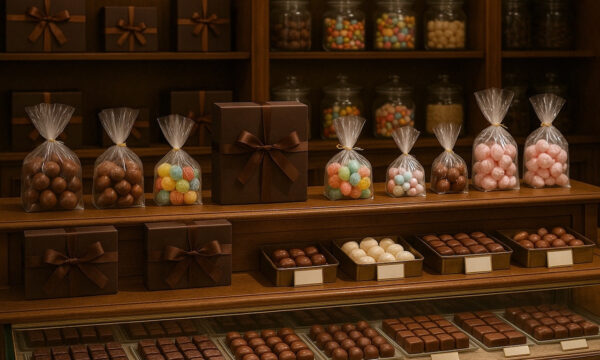
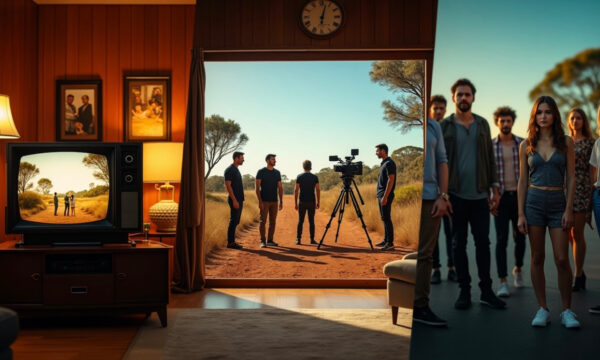
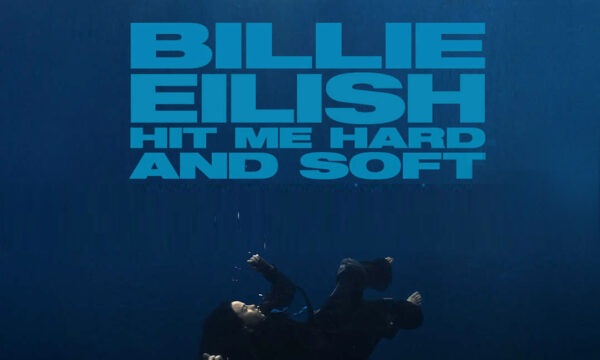
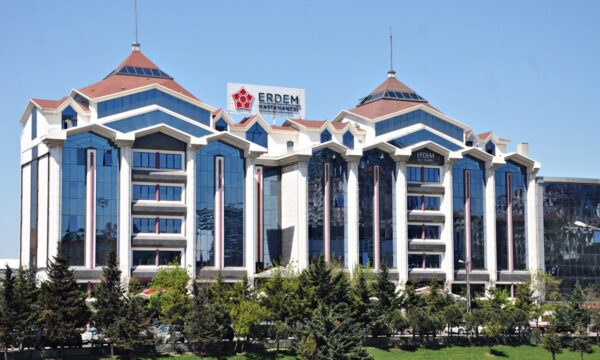

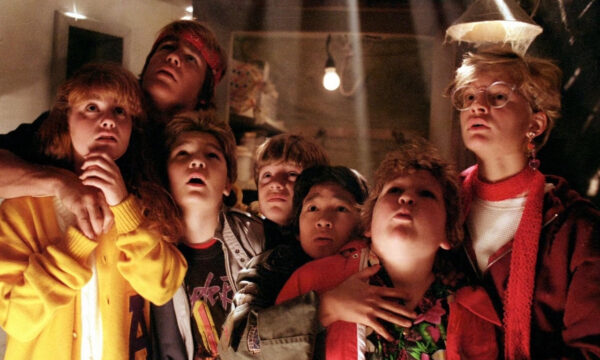






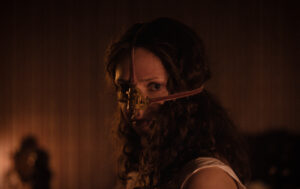
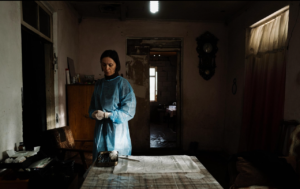







Facebook
Twitter
Instagram
YouTube
RSS